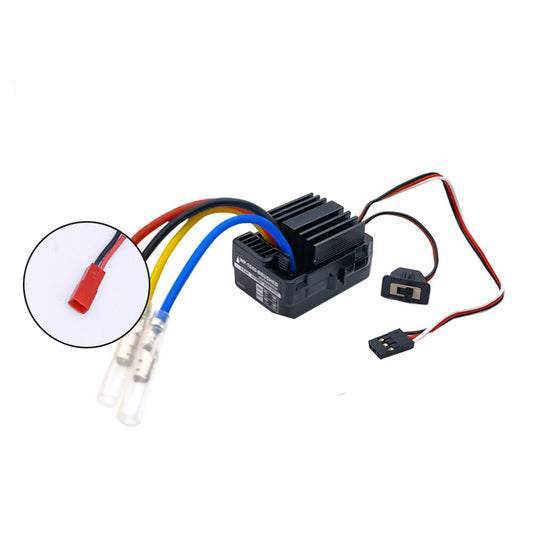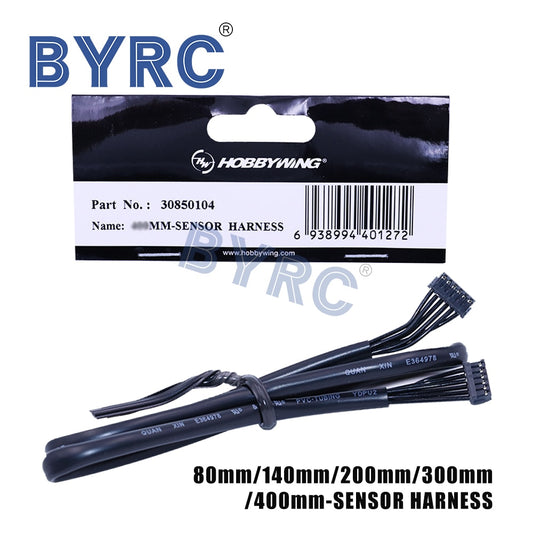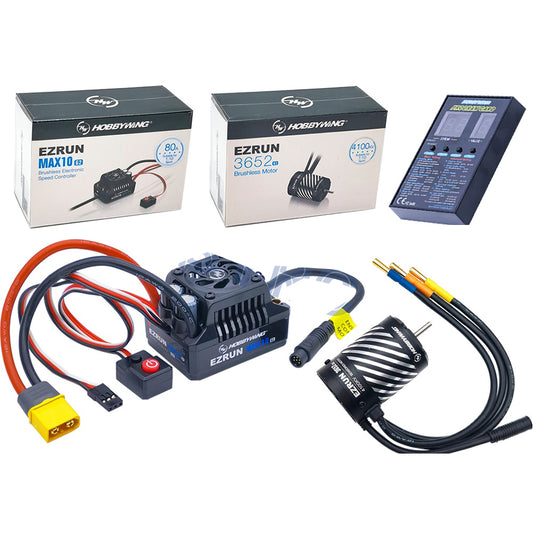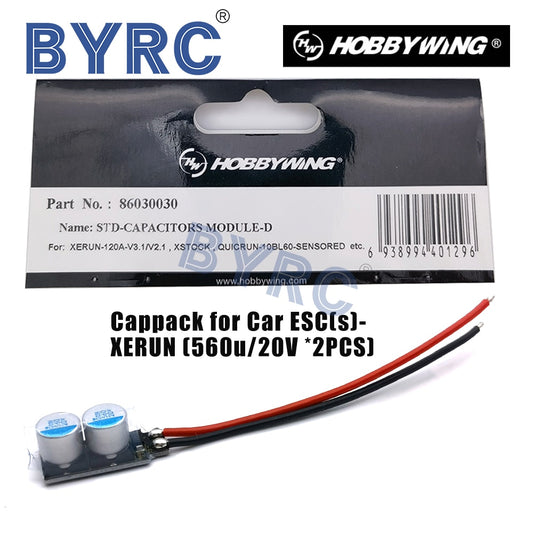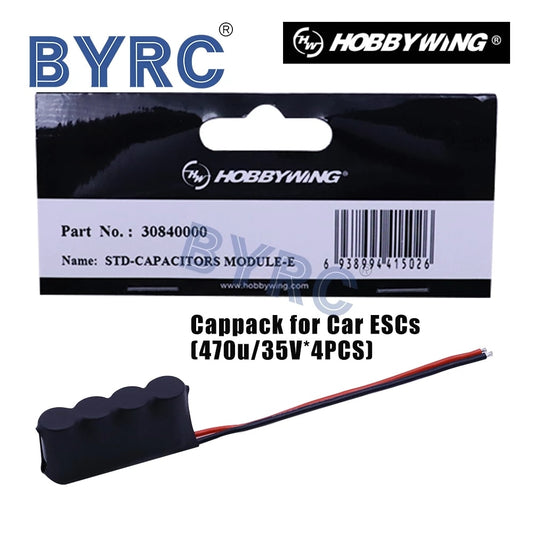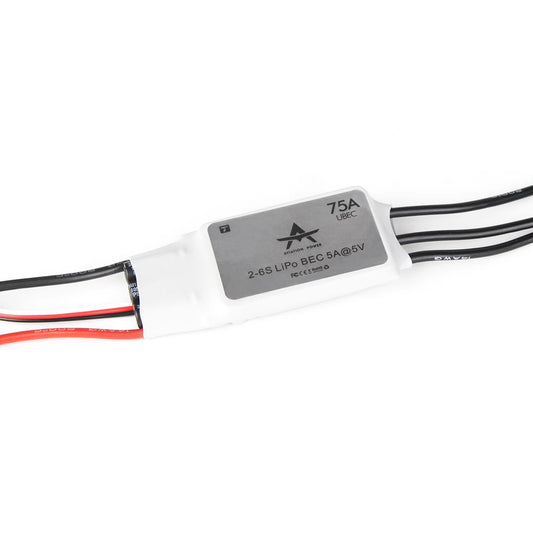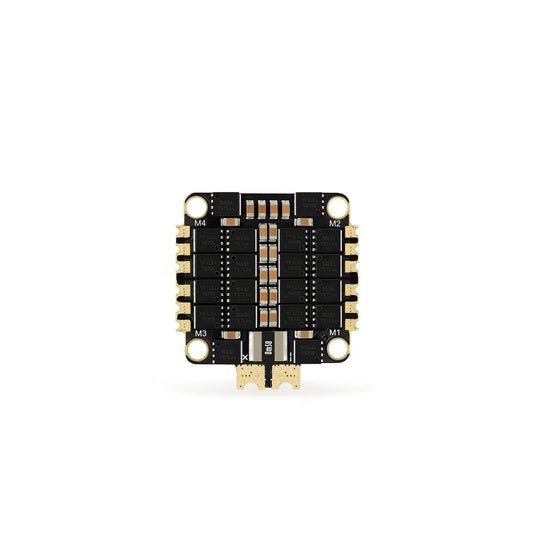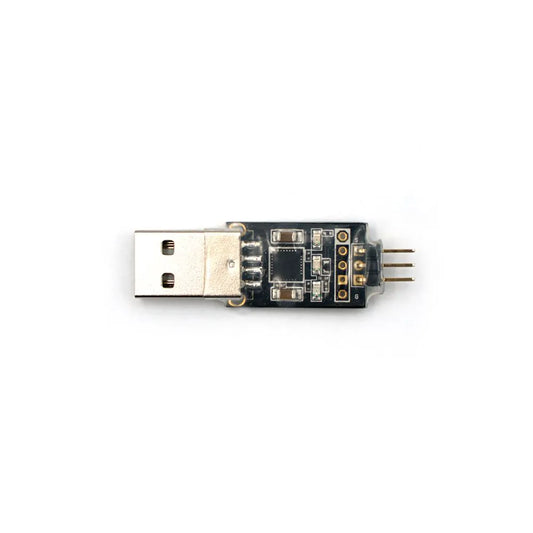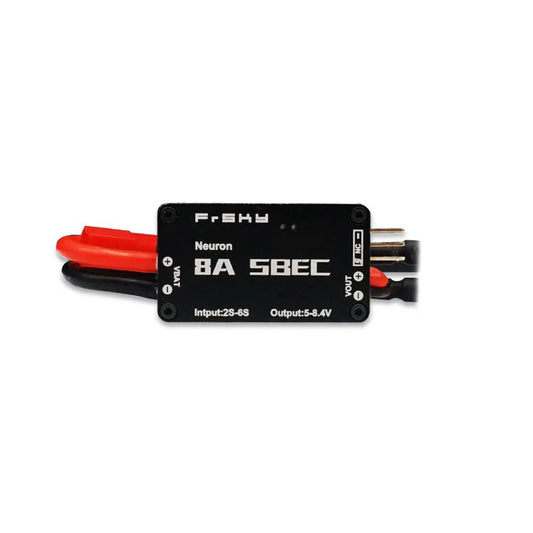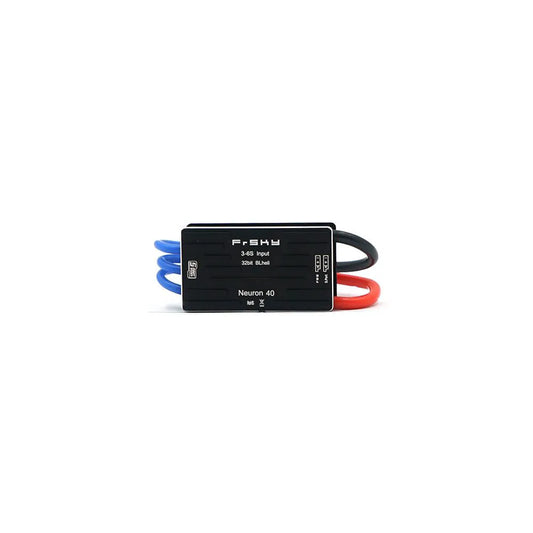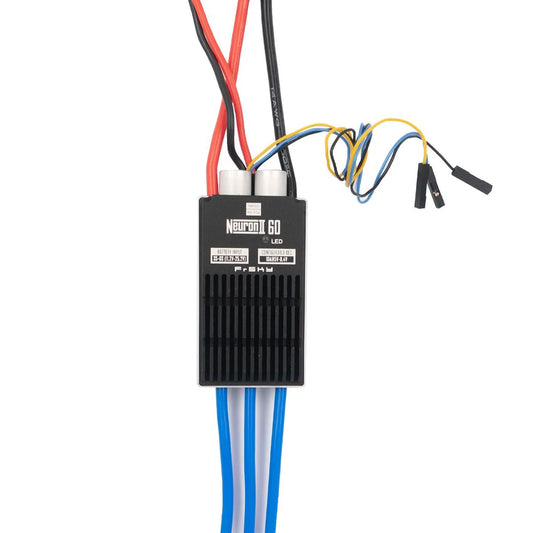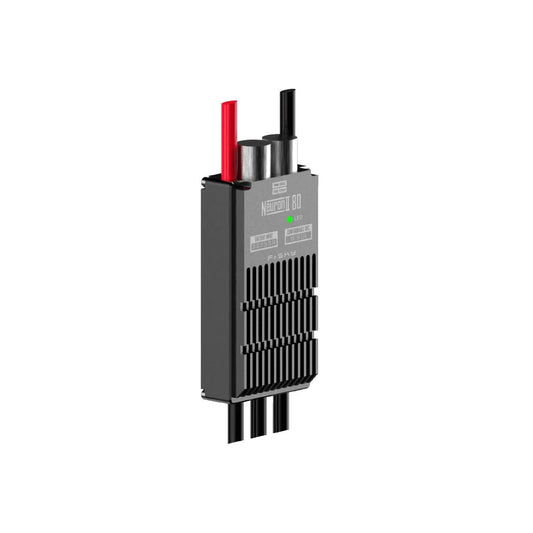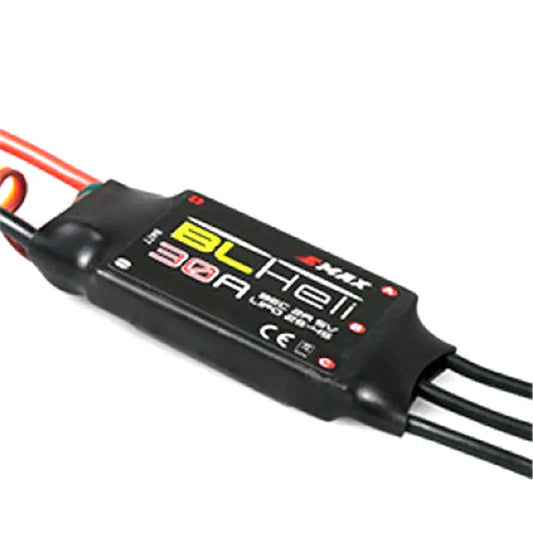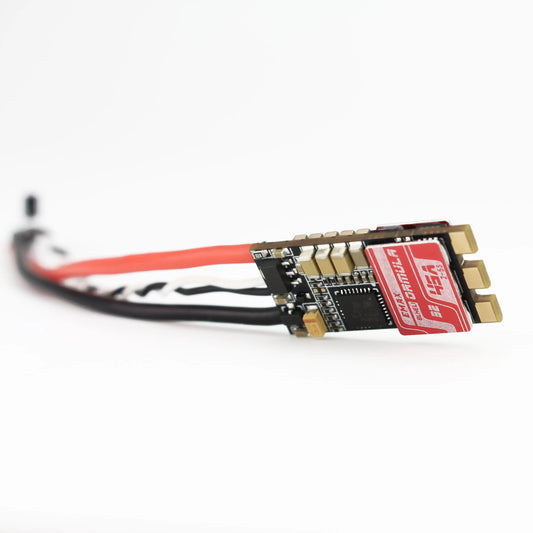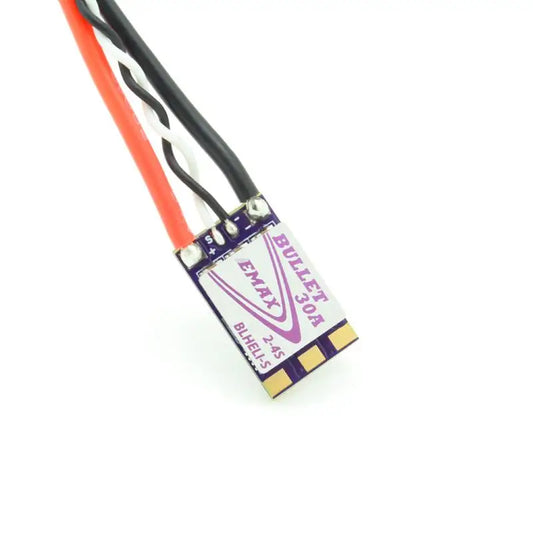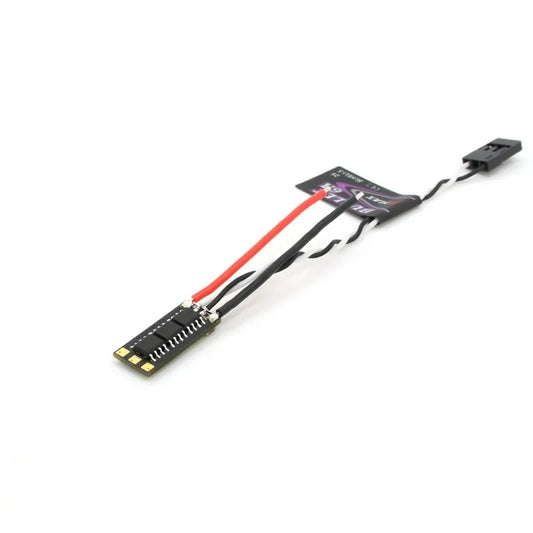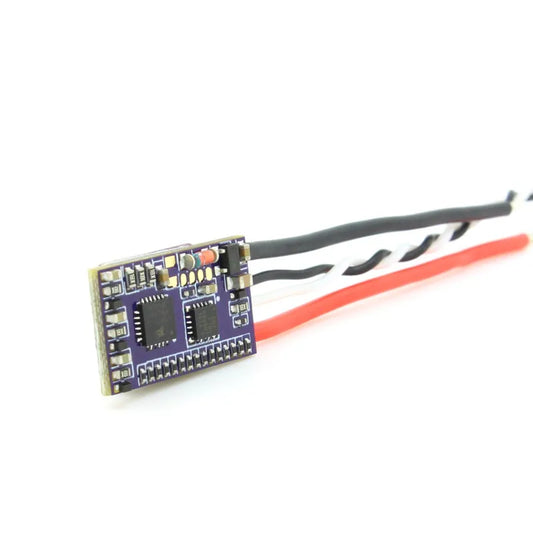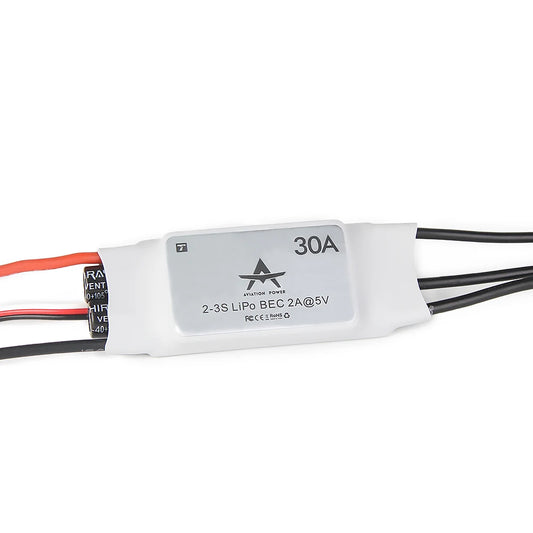-
MAD AMPX 40A (5-14S) Drone ESC w/heat sink
Regular price $75.00 USDRegular priceUnit price per -
MAD XROTOR Pro 40A (3-6S) ESC for Multi-rotor Drone
Regular price $59.00 USDRegular priceUnit price per -
MAD AMPX 40A Pro (2-6S) Drone ESC
Regular price $55.00 USDRegular priceUnit price per -
MAD AMPX 30A 2-6S Drone ESC
Regular price $36.00 USDRegular priceUnit price per -
MAD AMPX FOC 60A (5-14S) ESC - WaterProof Regulator ESC for large and heavy delivery multirotor
Regular price $125.00 USDRegular priceUnit price per -
MAD AMPX 80A (5-14S) ESC - Regulator Brushless Motor Controller For The Multirotor Drone Aircraft Heaxcopter Quadcopter Octocopter
Regular price $92.56 USDRegular priceUnit price per -
HOBBYWING XR10 XeRun Justock 3650 G2.1 (10.5T-25.5T) Senseless Brushless Motor Racing Model Accessories
Regular price $47.82 USDRegular priceUnit price per -
Hobbywing QuicRun 16BL30 30A Brushless ESC For 1/16 On-road / Off-road / Buggy /Monster RC Car
Regular price $29.34 USDRegular priceUnit price per -
WP 1040 40A Waterproof Brushed ESC Controller for Hobbywing Quicrun Car Motor 1/10 Tamiya Trx Redcat HSP HPI RC Car
Regular price $17.24 USDRegular priceUnit price per -
Hobbywing 80mm 140mm 200mm 300mm 400mm Sensor Harness Cable Hall Sensor Cable for Xerun Series Sensored BL Motor adapte
Regular price From $6.57 USDRegular priceUnit price per -
HobbyWing EZRUN MAX10 G2 80A Sensored Brushless ESC - With 3652 SD G3 5400/4100/ 3300KV Brushless Motor For 1/10 RC Car
Regular price $105.92 USDRegular priceUnit price per -
Hobbywing Low-impedance Capacitor Module 2 for Ezrun Xerun Car ESC Super Capacitor Module#2 Module 560u/20V *2PCS
Regular price $9.29 USDRegular priceUnit price per -
Hobbywing Low-impedance Capacitor Module 4 for Ezrun Xerun Car ESC Super Capacitor Module#4 Module 470u/35V*4PCS 5.0
Regular price $8.65 USDRegular priceUnit price per -
iFlight BLITZ F7 Pro Combo Set with BLITZ E80 Single ESC for FPV
Regular price From $458.96 USDRegular priceUnit price per -
SpeedyBee BLHeli32 45A 128KHz 4-in-1 ESC(V22)
Regular price $79.00 USDRegular priceUnit price per -
Foxeer Mini Reaper 128K 45A BL32 4in1 ESC 20*20 M3 STM32
Regular price $143.00 USDRegular priceUnit price per -
Foxeer Reaper F4 Slim Mini ESC 128K 60A BL32 4in1 9~40V 20mm M3
Regular price $105.00 USDRegular priceUnit price per -
Foxeer Reaper 80A F4 128K BL32 4-8S Single ESC
Regular price $78.00 USDRegular priceUnit price per -
MFE 12S 40A ESC For Makeflyeasy Fighter VTOL
Regular price $79.00 USDRegular priceUnit price per -
MFE 6S 50A ESC - Suitable for Makeflyeasy Flighter VTOL
Regular price $49.00 USDRegular priceUnit price per -
MFE 6S 100A ESC High Efficiency Avionics ESC
Regular price $124.47 USDRegular priceUnit price per -
MFE 12S 60A ESC for Struggler VTOL Cruise ESC
Regular price $185.54 USDRegular priceUnit price per -
T-MOTOR AT Series ESC - AT 12A 20A 30A 40A 55A 75A AT115A Brushless ESC for flying aeroplane radio controlled Airplane
Regular price From $21.73 USDRegular priceUnit price per -
GEPRC GEP-BLS60A-4IN1 ESC - 3-6S 60A Support Dshot 150/300/600
Regular price $54.77 USDRegular priceUnit price per -
FrSky BLHeli32 USB Linker for Neuron ESC
Regular price $20.00 USDRegular priceUnit price per -
FrSky Neuron 8A 2S - 6S SBEC 5V - 8.4V Output Voltage S.Port Compatible
Regular price $49.00 USDRegular priceUnit price per -
FrSky Neuron 40 40A 3~6S ESC
Regular price $69.00 USDRegular priceUnit price per -
FrSky Neuron2 60A 3S-6S ESC
Regular price $96.00 USDRegular priceUnit price per -
FrSky Neuron2 80A 3S-6S ESC - Support FUBS Protocol
Regular price $105.00 USDRegular priceUnit price per -
EMAX Simon Series 30A For Muti-Copter
Regular price $35.26 USDRegular priceUnit price per -
Emax BLHeli Series 30A ESC for FPV Drone Racing
Regular price $29.61 USDRegular priceUnit price per -
EMAX Formula Series 45A ESC support BLHELI_32 2-5S
Regular price $54.19 USDRegular priceUnit price per -
EMAX D-SHOT Bullet Series 30A 2-4S BLHELI_S ESC - 3.9g Support Onshot42 Multishot
Regular price $31.47 USDRegular priceUnit price per -
EMAX D-SHOT Bullet Series 6A 2S BLHELI_S ESC - 2.1g Support Onshot42 Multishot
Regular price $12.83 USDRegular priceUnit price per -
EMAX D-SHOT Bullet Series 15A 2-4S BLHELI_S ESC - 3.5g Support Onshot42 Multishot
Regular price $16.67 USDRegular priceUnit price per -
T-MOTOR AT 30A ESC - AT series Brushless ESC for Brushless Motor Assemble fixed wing
Regular price From $19.46 USDRegular priceUnit price per








